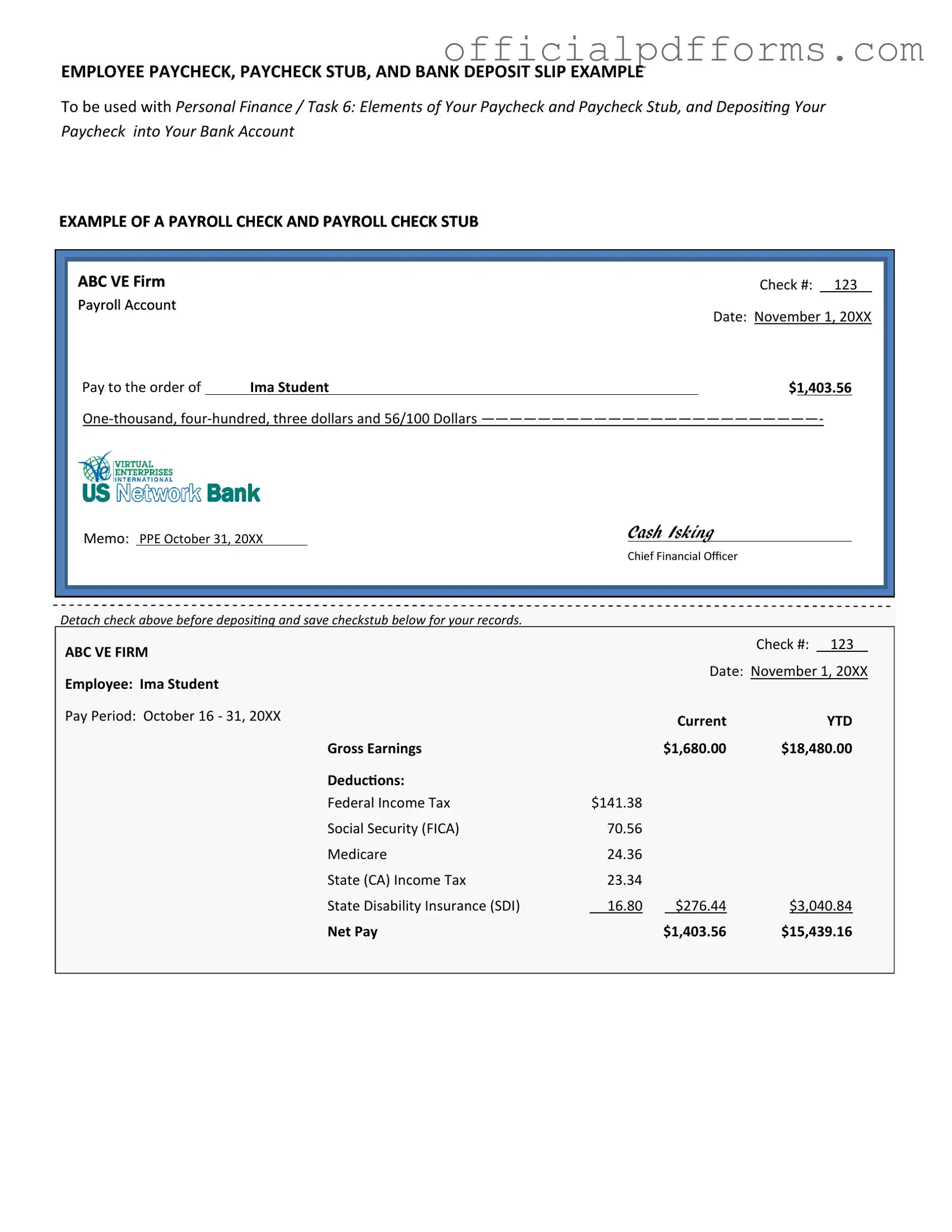The Payroll Check form is a document used by employers to issue payment to their employees. It outlines the amount earned, deductions, and the net pay that the employee will receive. This form is essential for maintaining accurate records of employee compensation and tax withholdings.
Typically, the Payroll Check form is filled out by the employer or the payroll department. However, employees may need to provide specific information, such as their hours worked or any deductions, to ensure the form is accurate. It's important for both parties to collaborate to avoid any errors.
The Payroll Check form generally requires the following information:
-
Employee's name and identification number
-
Pay period dates
-
Hours worked or salary amount
-
Deductions (taxes, benefits, etc.)
-
Net pay amount
Providing complete and accurate information helps ensure that employees receive their correct pay on time.
The frequency of issuing the Payroll Check form depends on the employer's payroll schedule. Common pay periods include weekly, bi-weekly, or monthly. Employees should check with their HR department to understand the specific schedule that applies to them.
If you spot an error on your Payroll Check form, it's important to address it promptly. Contact your HR or payroll department immediately. They can guide you through the process of correcting the mistake, whether it's an issue with hours worked, deductions, or any other discrepancies.
Can I receive my pay electronically instead of through a Payroll Check?
Yes, many employers offer direct deposit as an option for receiving pay. This means your earnings can be deposited directly into your bank account. If you're interested in this option, check with your employer to see if it's available and what steps you need to take to enroll.
